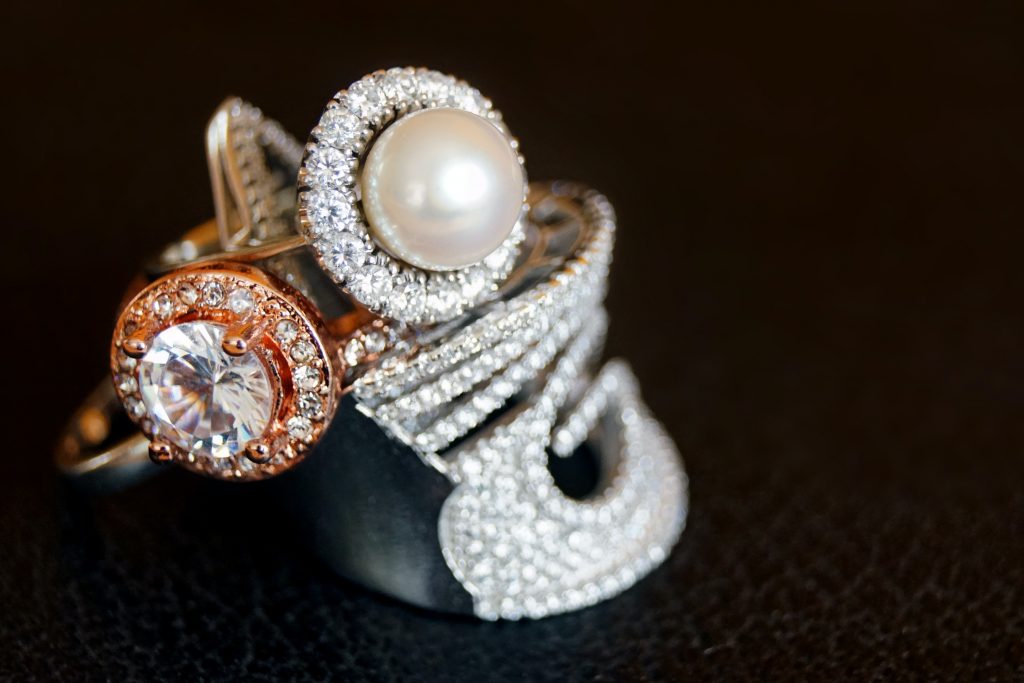Many may consider pearls to be old-fashioned and matronly, but we disagree. This timeless gem adds a vintage feel but can easily be updated to reflect more a modern design.
Trends come and go, but style is eternal. A pearl engagement ring is the perfect choice for a timeless bride. This classic gemstone is also known as the ‘Queen of the gems’ and can be dated back to 520 B.C. A pearl fragement was discovered in the sarcophagus of a Persian princess, making this stone the oldest known gem to be worn as jewellery.
The ancient Egyptians, Greeks and Romans all revered this gemstone. In fact, the Greek word for pearl can also translate to ‘unique’, in honour of the fact that no two pearls are the same. Pearls quickly became a symbol of wealth and status, and at one point int time, a law was passed allowing only nobles to wear this gem in public.
Pearls are the only gemstones that grow inside another living organism. They come in various types, which will determine the price. The most rare and expensive is the natural pearl. This type is formed when an irritant like a parasite naturally enters a a bi-valve mollusk like an oyster, mussel or clam. A fluid coats this irritant as a defense mechanism, and continues to deposit multiple layers of this coating until a pearl is formed.
There are an estimated 8000 different species of bi-valve mollusks, of which only 20 can consistently produce pearls. As a result, natural pears are incredibly rare.
Cultured pearls are made in a similar fashion, except the process requires human intervention. An irritant like a bead or piece of shell, known as Mother of Pearl, is surgically inserted into the mollusk. The cultural process takes years to complete. After 3 years, mussels are at a mature stage and are able to receive an irritant either naturally or via implantation. Once there, it take another three years for the pearl to reach its full size. Only 5% of pearls produced are true gem-quality.
Cultured pearls are grown in pearl farms under strict conditions, and fall into two categories: saltwater and freshwater.
Imitation pearls are typically made of glass beads coated in a solution made from fish scales. It’s easy to tell whether a pearl is an imitation by rubbing it against you teeth. A fake pearl will glide across, while a real pearl will feel gritty.
While this gemstone is most commonly round, it can also come in alternative shapes like pear or baroque pearls.
Feature image: Pexels




















